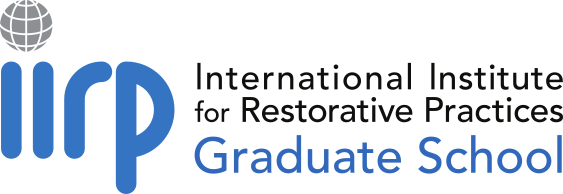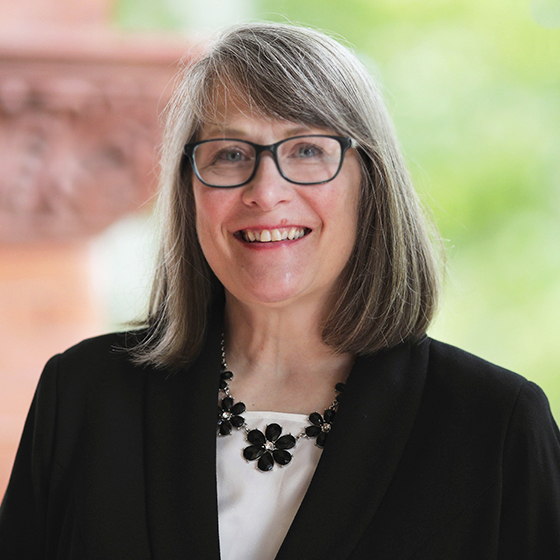Vice President for Student Affairs & Enrollment Management at the University of Maine in Farmington, ME
For this Spotlight Interview, we are speaking with Dr. Christine Wilson, one of the Collaborative Center’s Founding Partners. Dr. Wilson has served as the Vice President for Student Affairs & Enrollment Management at the University of Maine Farmington since 2019. She has worked and taught in higher education for more than 30 years; before coming to Maine, she served as Assistant Vice President for Student Affairs and Director of Student Activities at the University of Connecticut and Assistant Director for Student Leadership in the Memorial Student Union at the University of Rhode Island. She also teaches Access, Persistence, and Retention and Budgeting and Finance in the Higher Education Administration doctoral program at New England College. Christine earned her BA and MS degrees from Indiana State University, and her Ph.D. from the University of Rhode Island / Rhode Island College joint PhD program in Education. In addition, she earned certificates in Student Affairs Law and Policy (NASPA) and Restorative Practices (IIRP Graduate School) and is a restorative practices trainer.
Q: What drew you to restorative practices?
A: A very close friend of mine was studying at the IIRP Graduate School about 10 years ago. She was excited and told me about restorative practices, and it sounded very interesting. Then I had a major crisis at work regarding race and gender relations that involved multiple departments I supervised at the time. At an open forum regarding the crisis, I was bombarded with questions and comments that showed anger and deep pain regarding race and gender harassment. And the thing that got me through was recognizing the impact on the folks at that forum; nothing I have or ever will go through compared to what the forum attendees have gone through. Focusing on impact and community helped me get to the right place to absorb the pain and the harm. After the open forum, I wanted to learn and do more. My friend suggested restorative practices. I took an intro class at the IIRP, and it was life-changing. I just kept taking classes until I finished my graduate certificate. Along the way, I used the classes to improve things at my job. For example, I incorporated restorative conferences into our student organization conduct process.
I came to restorative practices in a crisis and I’ll always be grateful; even though I couldn't make things right for the students and faculty involved in and impacted by that crisis, I knew that I could be a better professional moving forward.
Q: How do you integrate restorative practices into your work?
A: When I first started with restorative practices, I wanted to implement all the pieces: restorative conferences, family group decision-making, circles, fishbowls, etc. However, I quickly realized that people can be resistant to learning these processes. Folks would say, “We already do that.” when we didn’t. So, instead of fighting to implement everything, I decided to start small. I started using the affective questions all the time. The questions allowed me to have different kinds of conversations with people that they were not used to having. And I focused on impact in supervisory meetings, classes, and difficult situations. I now go to that place immediately. My first reaction when things happen is: “Let's talk about it. What happened? How was that process for you? How was that meeting for you?”
I also use the Social Discipline Window in training and meetings. Most people identify with it very quickly. I like to use things that people intuitively understand and connect with. My goal is to help people learn how to be in the “with” box. It gets them to a place where they can be more humane and more effective in their work.
Another exercise is synthesizing restorative practices with other theories with which people are familiar. Some examples include Four Interpretations (Frames) of Organizational Process (Bolman & Deal, 1997), and Relational Leadership (Komives, McMahon & Lucas, 1998). I talk about the components of restorative practices, like affective questions and the Social Discipline Window, in relation to those other theories. It creates a bridge to restorative practices and people realize this isn’t something new. We are already doing a lot of this; here are some next steps for how to continue to implement and enhance our practice.
Q: How has working with restorative practices changed the way you approach your work?
A: The biggest change for me is that now the first thing I do is center who or what needs to be centered, which helps me focus on impact. As a child, I was allowed to say, “I didn’t mean to,” but never had to discuss how my actions impacted others. I think that's true for a lot of people as well, but it’s not right. People may want to be understood for their intent, but impacts are just as important and need to be articulated and addressed.
The other thing that has significantly changed my practice is the idea of conflict as property. I think there's a tendency in my field [of Student Affairs] to try and be a savior--to be in the “for” box. We want to help students. We want to make things better for students, which is good. But at some point, students must have agency. In one restorative practices class, we learned about conflict as property. Our systems don't let people own what belongs to them. This idea changed my approach to work dramatically, too. That's probably the hardest one because I do work in a system. I have a position in a hierarchy, so letting people own what's theirs and then sorting out how that fits in with all these hierarchies is very hard. I would love for all my staff members and all students to be able to go to the president and talk about how things are impacting them, but that is not how our system is set up. So instead, I’ll be restorative with staff and students: “Tell me about the impact. Tell me your thoughts. I'm going to take this back to the president, and I’m going to tell you exactly what I'm going to share at the meeting.”
Q: What impact do you think restorative practices can have on higher education?
A: I think it can have big and small impacts. I think any practitioner can employ restorative practices by using affective questions and thinking about impact as they're interacting with students. I believe that we too often focus on policies and not people, and that limits us. I also think about it in the way that my restorative practices classes talked about it, as “bearing witness.” A college campus can be a massive bureaucracy and we all have our policies and procedures. We may sometimes forget that students are negotiating a hundred policies and procedures every day. If every person focused on affective questions and considered impact in their daily conversations with students, it could really change the student experience.
Having a greater impact at an institutional level or a programmatic level is a lot harder. One way is to use restorative practices in strategic planning. Another is to create systems that are genuinely inclusive of students and their experiences. One of the ways I'm trying to do this now is by getting people to focus on the student journey or the student experience. And when people talk about processes or systems, I try to listen and support, and then I'll try to advocate by saying something like: “Okay, so we've centered technology and we've centered our process. Now let's talk about the students and how this impacts them.”
Q: What tips do you have for those looking to integrate restorative practices into their spaces?
A: Start with integrating affective questions into your work. Focus on impact explicitly and learn to negotiate the impact- intent dichotomy in a loving and inclusive manner. Focus on community expertise. You have to start by assuming it exists. Look for it, surface it, and then cultivate it and find ways to include it.

